Printing Filamet™ isn’t just about the filament—it’s about the entire setup....
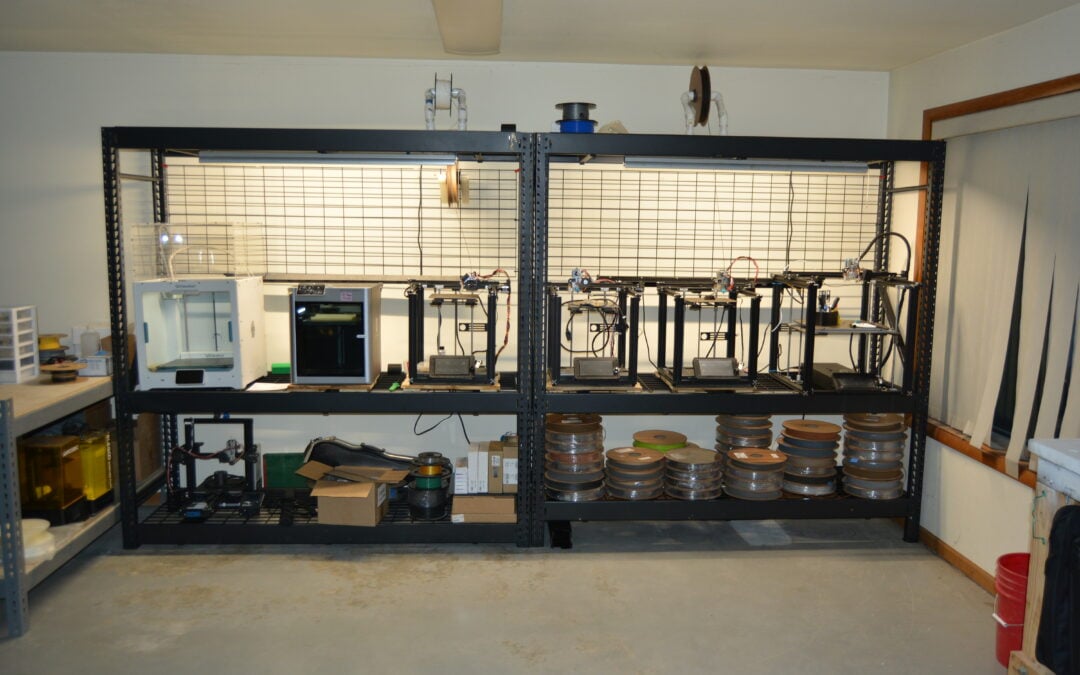

Printing Filamet™ isn’t just about the filament—it’s about the entire setup....
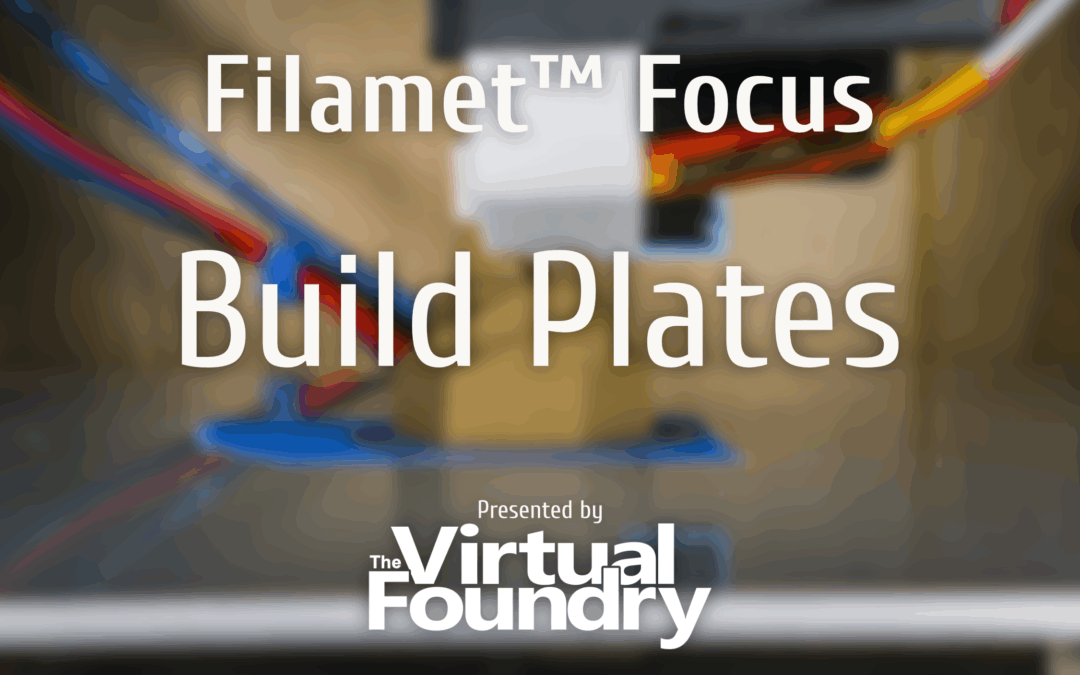
In this episode of Filamet Focus, we dive into build plates for printing with Filamet™. Learn which surfaces work...
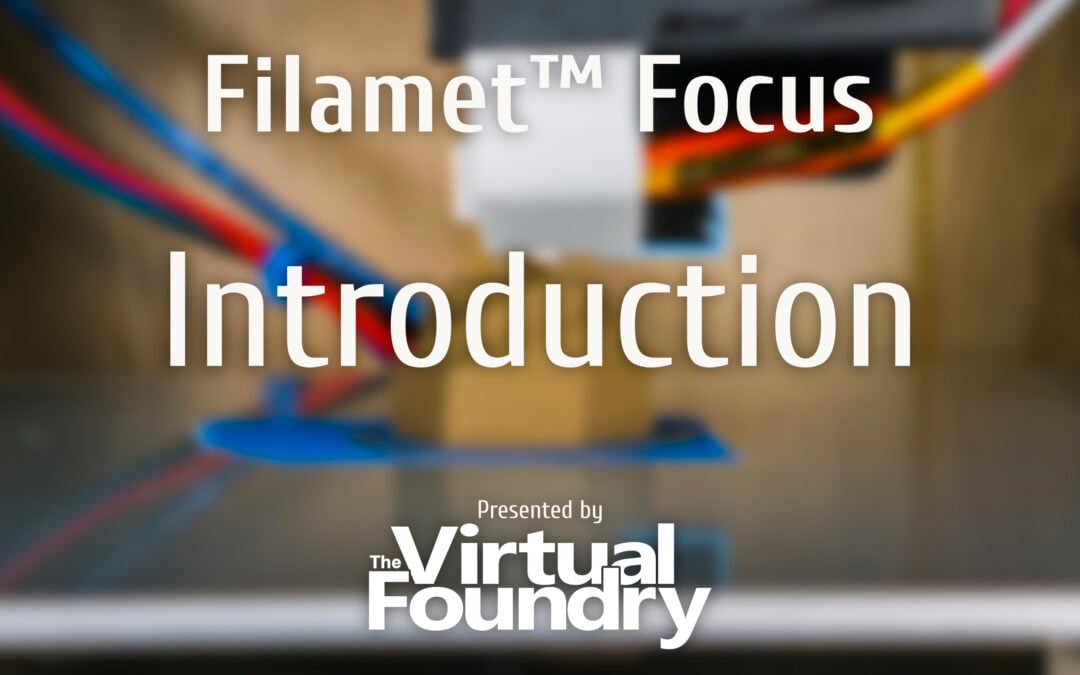
Welcome to Filamet™ Focus, the podcast dedicated to answering your questions about The Virtual Foundry’s metal 3D...
"Continuous research in the field of metal additive manufacturing has led to the need for constant improvement of...
"In this study, a simple and low-cost approach to additively manufacture (3D print) Inconel 718 by using a desktop...
"Metal Fused Filament Fabrication (MF3) is an emerging additive manufacturing technology gaining...
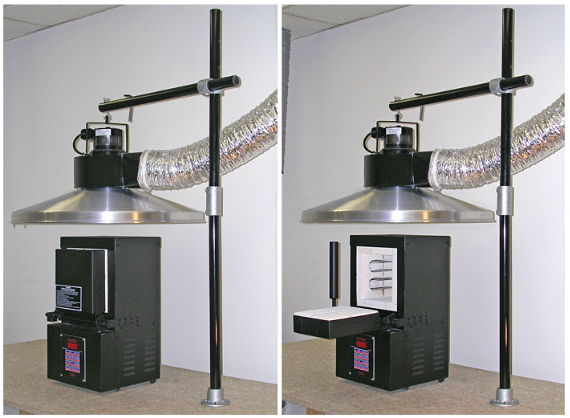
Understanding how to vent your kiln is important. In this blog post, we’ll delve into the requirements for venting your kiln to ensure a smooth and efficient operation
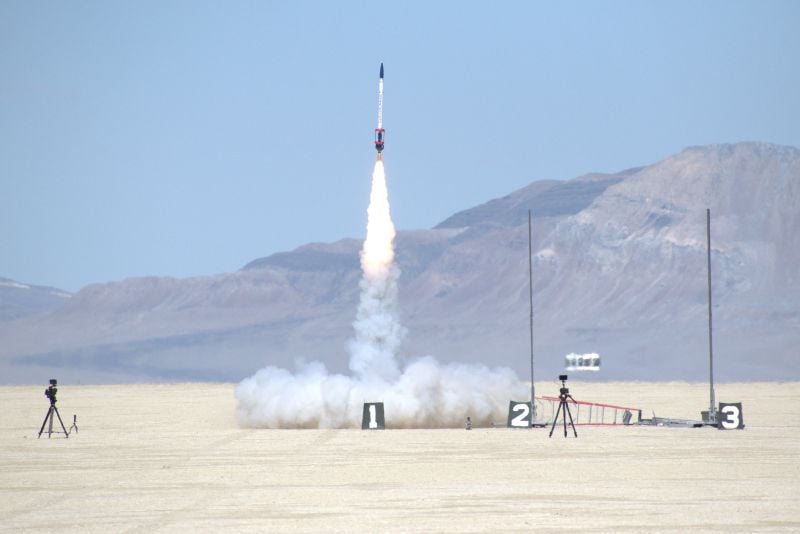
The University of Nevada, Reno Aerospace Club is using FFF Metal by The Virtual Foundry to build a solid rocket motor....

Hello Partner Innovators! One of the questions you regularly ask us is: What's the biggest part I can make with FFF...
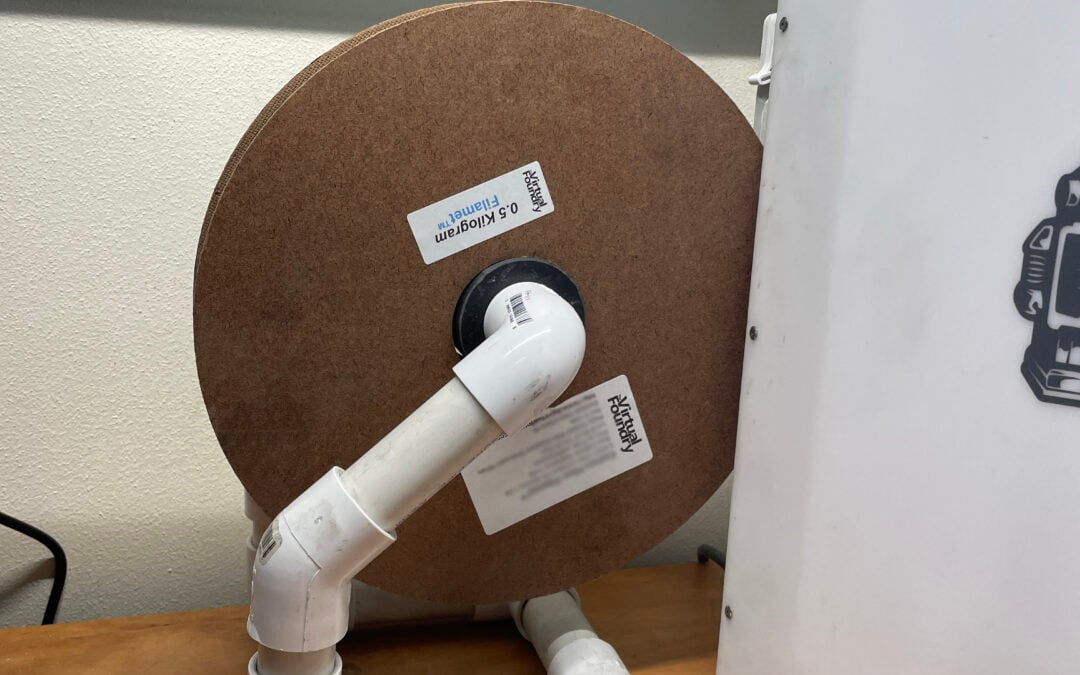
Imagine combining the versatility of PLA with the strength and allure of metal, glass, or ceramic. Filamet™ 3D...